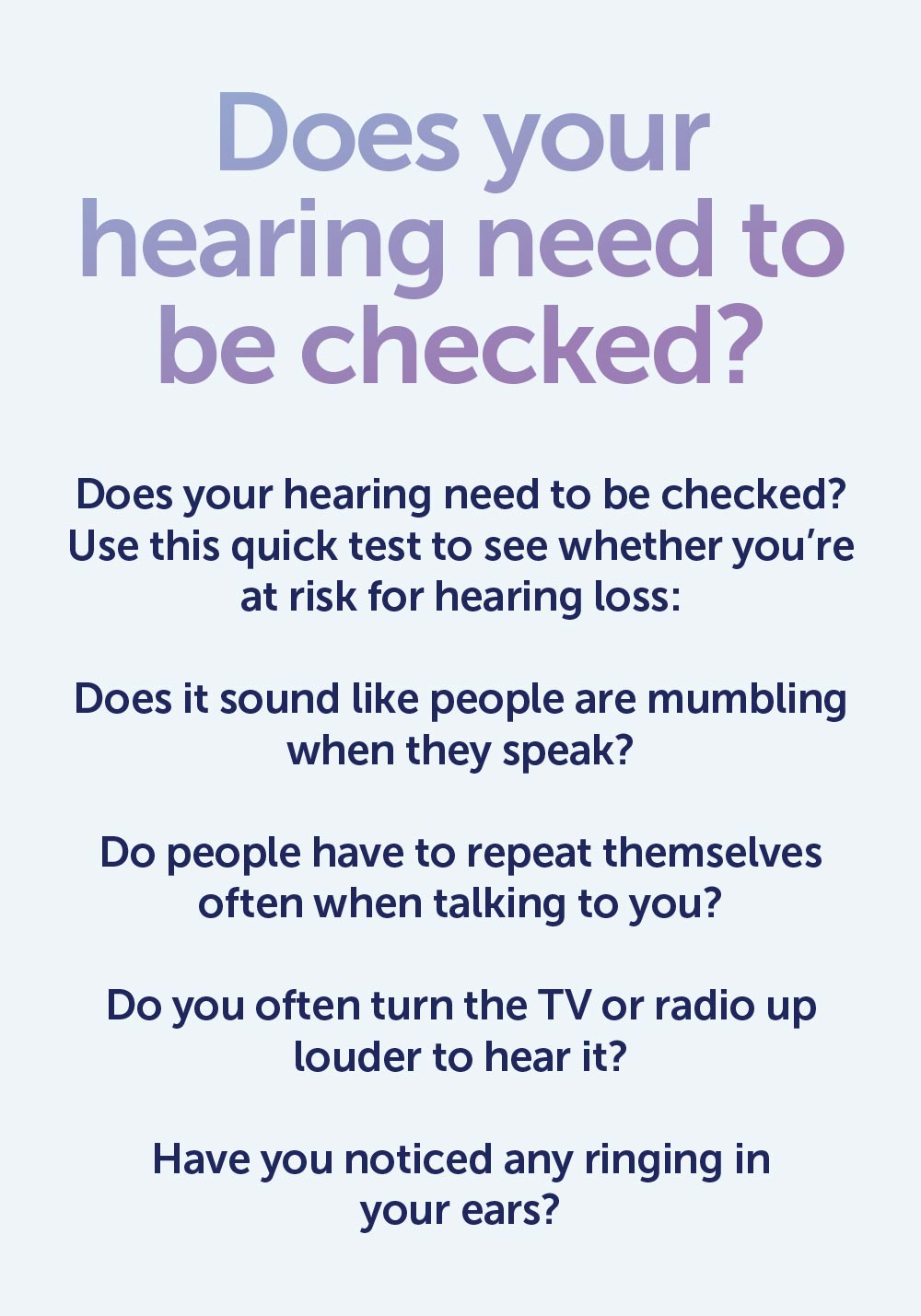Just How Cognitive Behavioral Therapy Can Help You Conquer Stress And Anxiety And Clinical Depression
Just How Cognitive Behavioral Therapy Can Help You Conquer Stress And Anxiety And Clinical Depression
Blog Article
simply click the following post -Foreman Stephansen
If you're fighting with stress and anxiety or anxiety, Cognitive Behavior modification (CBT) may be the service you're seeking. click the up coming web site -based strategy assists you identify and test the adverse ideas that keep you stuck. By learning functional abilities to manage your signs and symptoms, you can start to feel more in control of your life. But how exactly does CBT work, and what techniques can you expect to come across? Allow's explore that better.
Comprehending Cognitive Behavioral Therapy
Cognitive Behavioral Therapy (CBT) is a structured, time-limited strategy that assists you identify and transform adverse idea patterns and actions.
You'll discover just how your thoughts influence your feelings and actions, equipping you to break free from cycles of anxiousness and clinical depression.
CBT focuses on the here and now, motivating you to challenge your challenges head-on instead of house on the past.
By establishing certain objectives, you can gauge your progression and get a feeling of accomplishment.
This therapy shows you practical skills to handle tension and boost your psychological well-being.
As you participate in CBT, you'll find that understanding your thoughts permits you to reshape your reactions, promoting a much healthier mindset and more satisfying life.
Secret Strategies Used in CBT
CBT utilizes several key strategies that equip you to take on stress and anxiety and depression efficiently.
One essential method is cognitive restructuring, where you recognize and challenge adverse idea patterns. By reframing these ideas, you can change your point of view and reduce distress.
One more technique is exposure treatment, which progressively subjects you to feared circumstances, helping you build resilience and reduce anxiety over time.
Behavioral activation motivates you to take part in pleasurable activities, neutralizing sensations of anxiety.
Furthermore, mindfulness techniques raise your recognition of today minute, permitting you to manage frustrating feelings.
These methods, when utilized continually, create a durable structure for getting rid of obstacles and fostering a much healthier attitude.
Welcoming https://gregoryruxae.blogoxo.com/33188097/exploring-learning-centers-a-thorough-introduction-for-parents-and-educators can lead you toward an extra fulfilling life.
Real-Life Success Stories and Perks of CBT
While lots of people fight with anxiety and depression, many success stories demonstrate just how efficient treatment can transform lives.
You might discover motivation in people that have actually transformed their battles into victories via Cognitive Behavior modification (CBT). For instance, a young woman learned to challenge her adverse thoughts, leading to improved self-confidence and more powerful partnerships.
A guy who encountered crippling panic attacks discovered dealing techniques that permitted him to delight in social gatherings once more.
These stories disclose that CBT not just assists you comprehend your patterns however additionally furnishes you with functional devices to take care of signs and symptoms.
With devotion and the ideal guidance, you also can experience profound adjustments, redeeming your life and accepting a brighter future.
Final thought
In conclusion, Cognitive Behavior modification can be a powerful tool for you to get rid of anxiousness and anxiety. By learning to recognize and test unfavorable thoughts, you can reshape your frame of mind and improve your emotional health. The functional abilities you get with CBT not just assist you handle your symptoms yet also encourage you to live an extra fulfilling life. Embrace the journey of self-discovery and resilience that CBT provides-- you should have to really feel far better and enjoy life.
